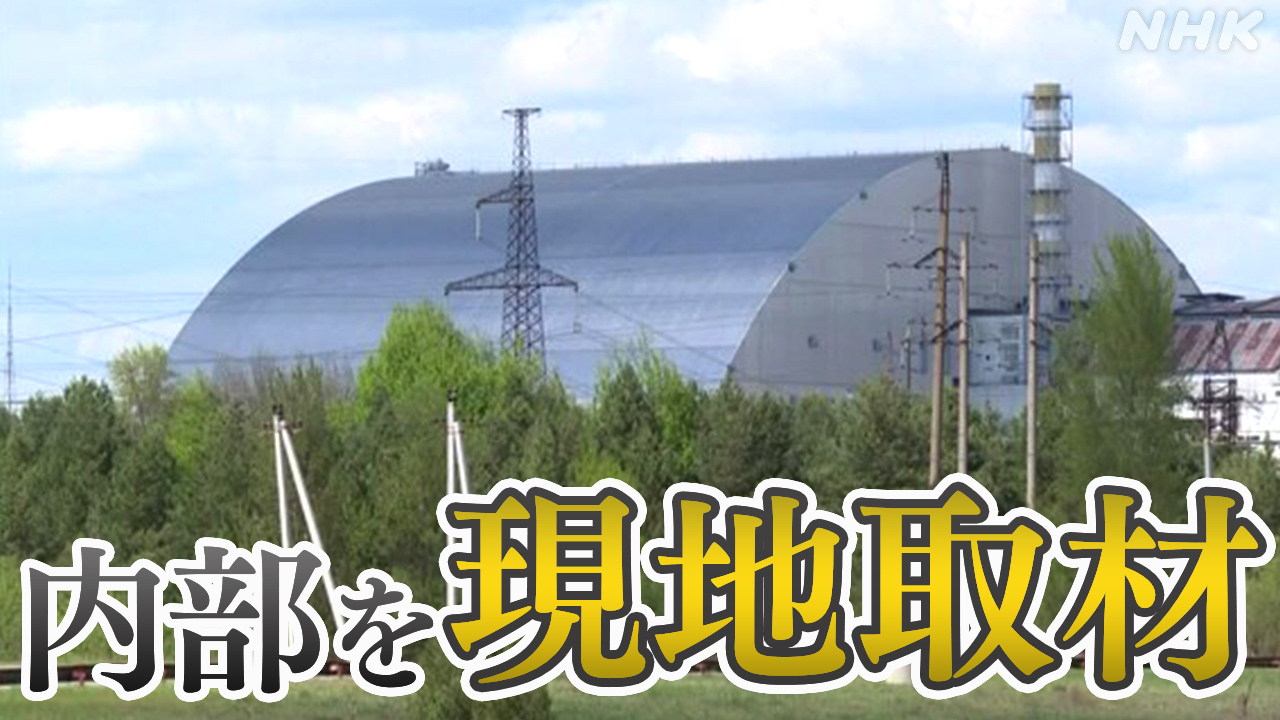Russia's Assault on Chernobyl: Exposing the Vulnerability of the Shelter
The ongoing conflict in Ukraine has cast a chilling spotlight on the vulnerability of the Chernobyl Exclusion Zone, raising serious concerns about the long-term safety of the sarcophagus encasing the damaged nuclear reactor. Russia's military occupation of the site, even temporarily, has highlighted the precarious state of the nuclear facility and the potential for a catastrophic release of radioactive materials. This article delves into the critical issues surrounding the vulnerability of the Chernobyl shelter during Russia's assault.
The Precarious State of Chernobyl's Shelter
The Chernobyl Nuclear Power Plant, site of the world's worst nuclear disaster in 1986, has long been a source of concern. While the New Safe Confinement, a massive arch built to contain the damaged reactor, represents a significant improvement in containment, its long-term stability and security depend heavily on sustained maintenance and monitoring. Russia's actions have severely compromised these essential elements.
Key Concerns Raised by the Invasion:
- Disruption of Monitoring and Maintenance: The presence of Russian troops interfered with the routine monitoring and maintenance crucial for the safe operation of the shelter and the surrounding area. This disruption jeopardizes the integrity of the containment structure and increases the risk of accidents.
- Power Outages: The loss of power to the Chernobyl plant, a consequence of the conflict, is alarming. The cooling systems and other essential equipment rely on a consistent power supply. Any interruption poses a grave danger.
- Compromised Security: The sheer presence of military forces near a nuclear facility introduces an inherently high risk. Accidental damage to the shelter or intentional sabotage cannot be ruled out.
- Risk of Radioactive Material Dispersion: Any damage to the shelter, even minor, could lead to the release of radioactive dust and particles, potentially affecting large areas. The long-term consequences of such a release are devastatingly unpredictable.
International Concerns and Responses
The international community reacted swiftly to the unfolding situation in Chernobyl. The International Atomic Energy Agency (IAEA) expressed profound concern, emphasizing the need for uninterrupted monitoring and access to the site. Many countries called for the immediate withdrawal of Russian troops and a return to a stable, secure environment for managing the Chernobyl site.
The IAEA's Role:
The IAEA has played a vital role in monitoring the situation, providing crucial information and advocating for the protection of the Chernobyl site. Their reports have been instrumental in keeping the international community informed about the risks and potential consequences. [Link to IAEA Chernobyl updates]
Long-Term Implications and Future Preparedness
The invasion highlighted the vulnerability of nuclear facilities, even those seemingly secured. This incident serves as a stark reminder of the importance of robust international cooperation in ensuring the safety and security of such sensitive sites. Future preparedness must account for unforeseen circumstances and geopolitical instability.
Essential Steps for Future Safety:
- Enhanced Security Measures: Implementing advanced security systems, including robust physical defenses and sophisticated monitoring technologies, is crucial.
- Diversification of Power Sources: Reliable and redundant power sources must be implemented to prevent power outages.
- International Cooperation: Strengthening international cooperation and sharing best practices in nuclear safety are paramount.
- Improved Emergency Response Plans: Developing detailed emergency response plans that address various scenarios, including military conflict, is critical.
Conclusion:
The events at Chernobyl during Russia's assault underscore the fragile nature of nuclear safety and the critical importance of maintaining international peace and stability. The long-term impact of these actions remains to be seen, but the episode serves as a stark warning about the potential consequences of neglecting the safety and security of nuclear facilities. The international community must learn from this experience and collaborate to prevent future incidents.
